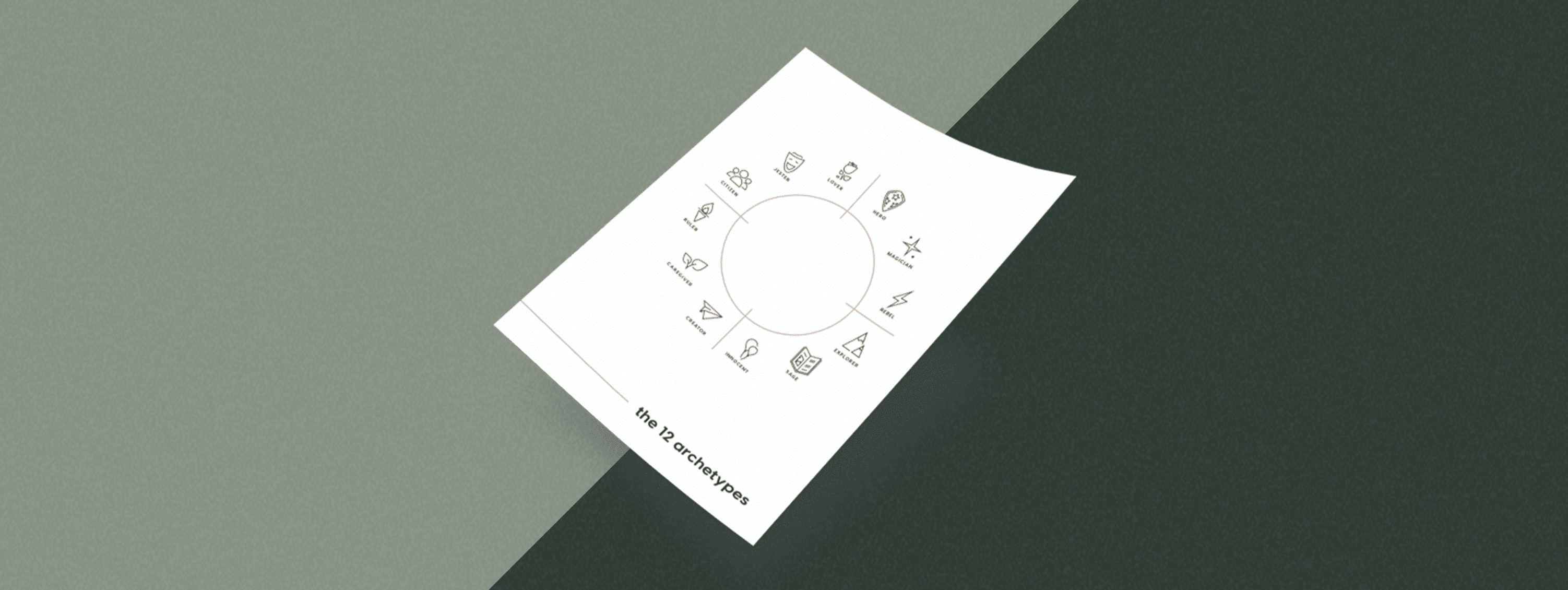The simple answer is yes. Some brands can change archetypes depending on the changes within and outside their business. Therefore, the better question is not “Can brands change archetypes?” but “Why do brands change archetypes?”.
The purpose of archetype branding is to manage the meaning of your brand. That is why, when aligning with an archetype, brands must question what their brand means to people and how relevant it will be years later.
Why Do Brand Archetypes Change?
The easiest answer is that maybe the archetype wasn’t necessarily the right one for the brand. Some brands can become lost in their branding and lose track of their messaging and what their brand is signaling.
When this happens, brands need to take a step back and consider who they are, what they’re offering, and what archetype they align with. Sometimes, the most accurate archetype isn’t always the most obvious one.
Another reason brands can change their archetype is due to changes in their environment. A brand’s environment includes technological advances, economic changes, political changes, cultural shifts, etc.
Since we live in a constantly evolving world, there is a good chance that a brand may need to reposition itself. Quickly repositioning to adapt to environmental changes could mean a change in archetypes.
Additionally, brands can change what archetype they align with throughout their existence. Much like people’s personalities change, brand archetypes can do the same. For instance, a brand that started as a Jester archetype could transition to a Rebel archetype, depending on its messaging.
It all depends on what direction a brand chooses to take.
Changing Archetypes Due To New Products
As a company matures, it may decide to try new product lines or offer different services in an attempt to increase revenue. If a change in products and services is big enough, it could disrupt or go against whichever archetype a company has chosen to align with.
For example, if a company that sells tires decides they now want to offer a line of windshield wipers, a change in branding wouldn’t be very necessary. However, if the same company wants to sell a line of shampoo, a big change in branding could need to take place.
If a brand decides to expand to a new unrelated offering, it must decide whether to focus its branding on the company or the products they offer.
An example of a company that has successfully branded its products rather than itself is Procter & Gamble (P&G). P&G owns brands such as Crest toothpaste, Old Spice hygiene products, Tide detergent, and Bounty paper towels. Each of these products has its own brand and with that its archetype.
By creating different product brands, P&G could assign an archetype to their individual product lines and simplify their branding efforts.
The Takeaway
Brand archetypes have the ability to change depending on several factors stemming from external and internal changes.
Whether it’s a change in human behavior or an addition of a new product, a change in your archetype is possible and can greatly help a company with its branding efforts.
To learn more about branding and choosing an archetype, check out our blog on the 12 Jungian Archetypes and see where your brand fits.
